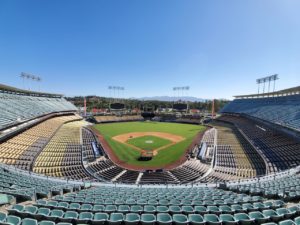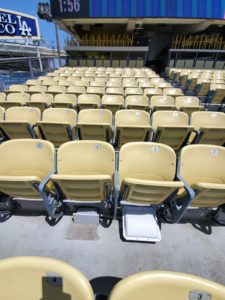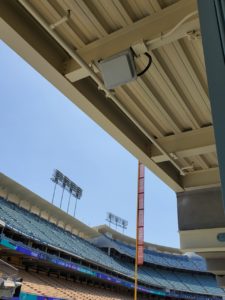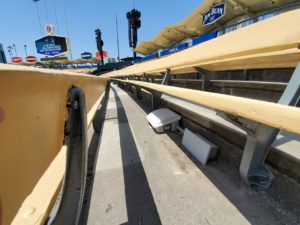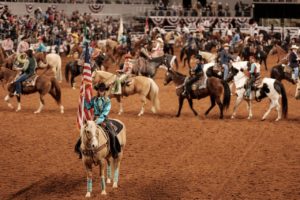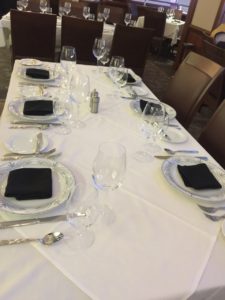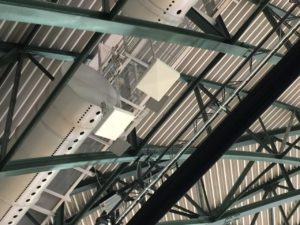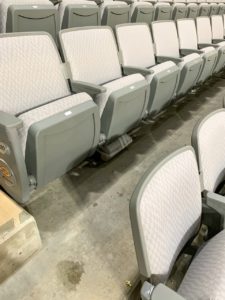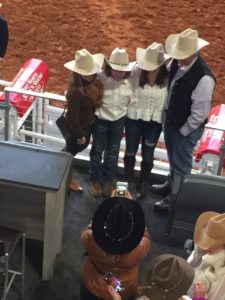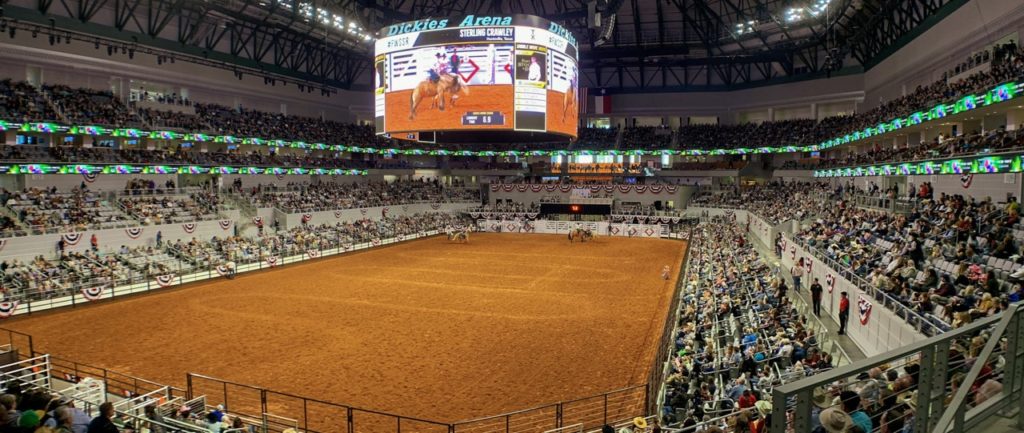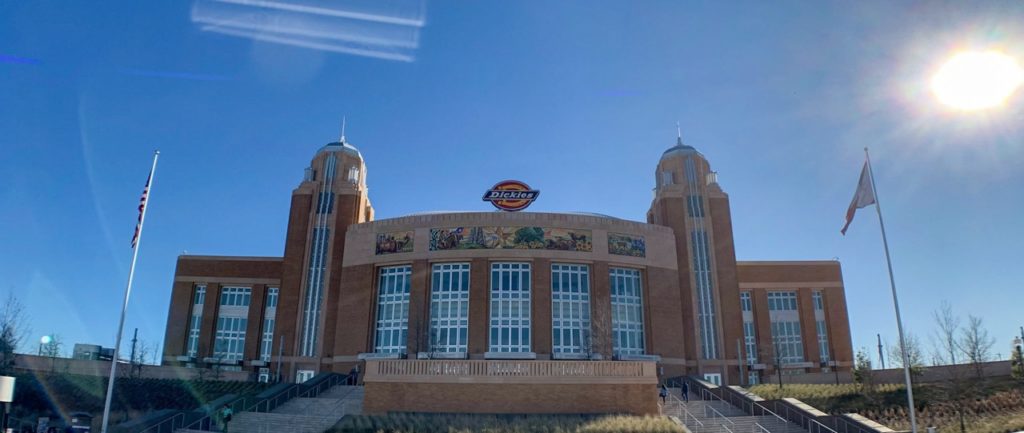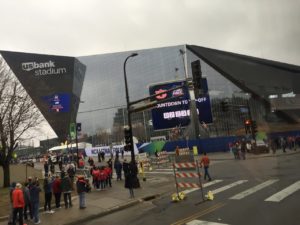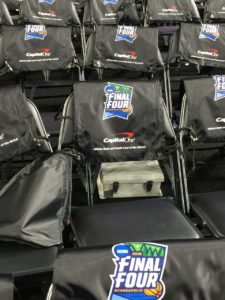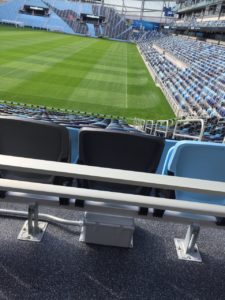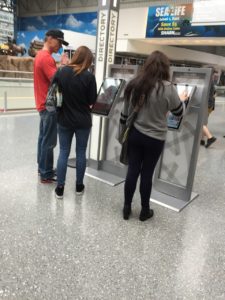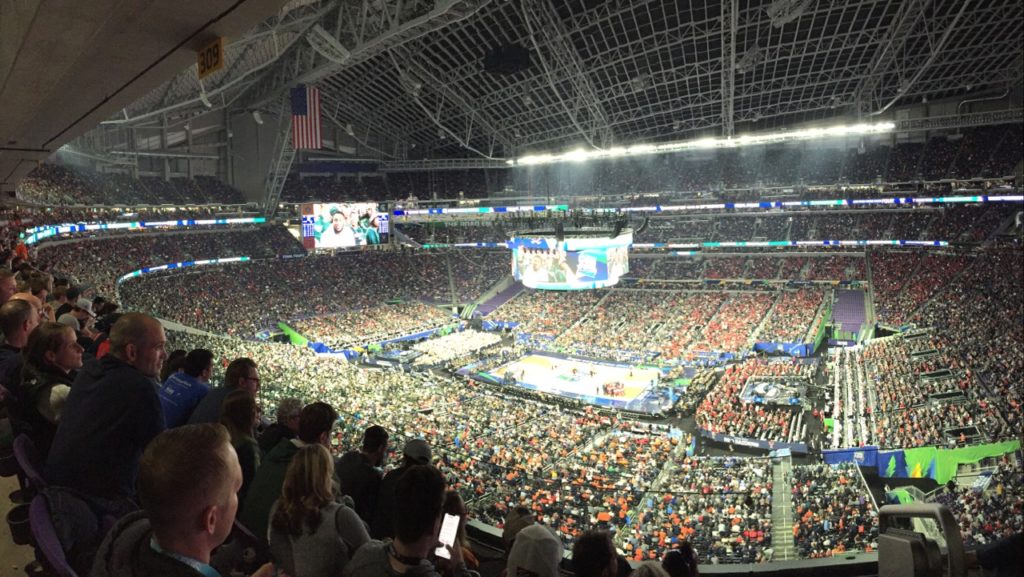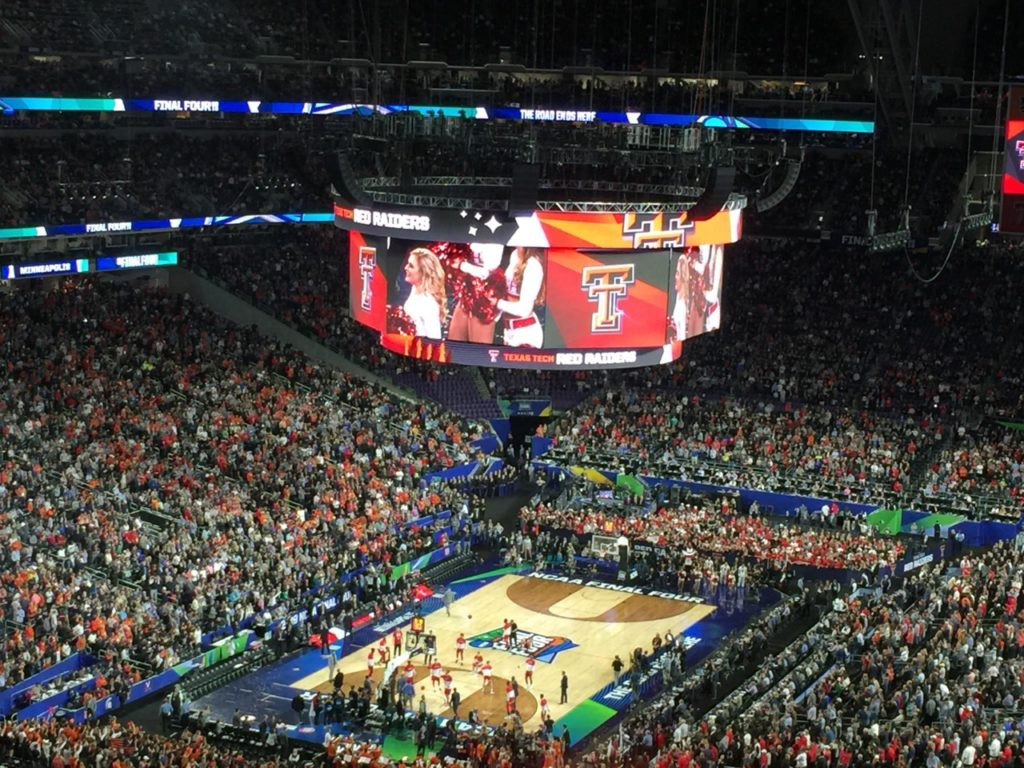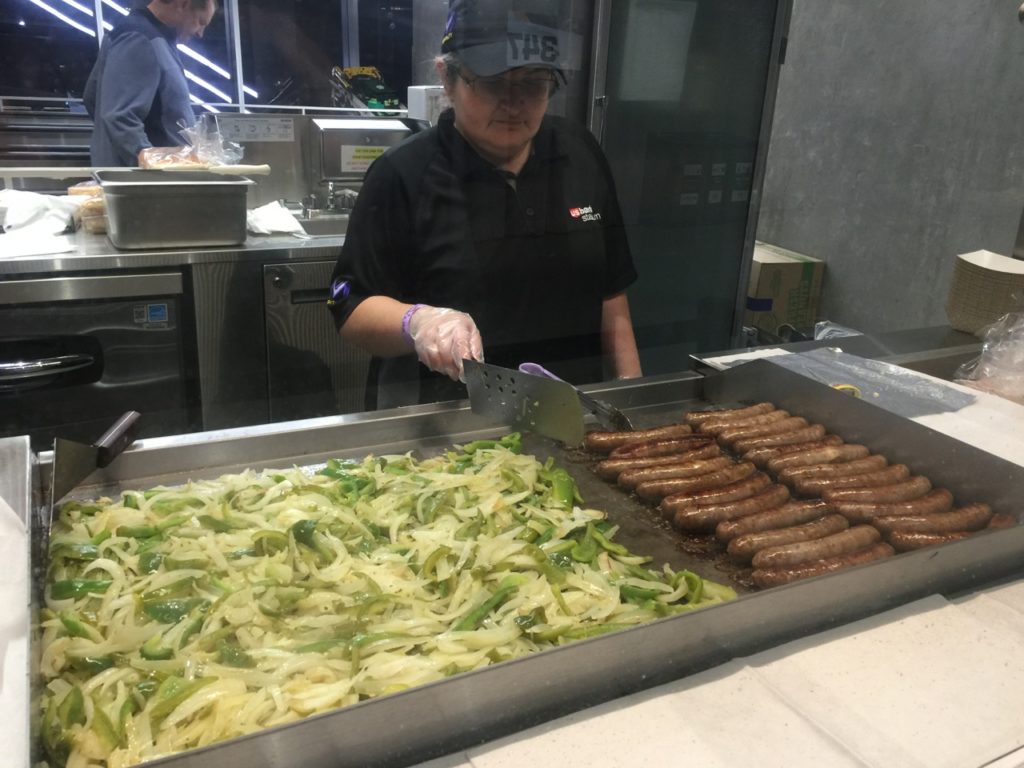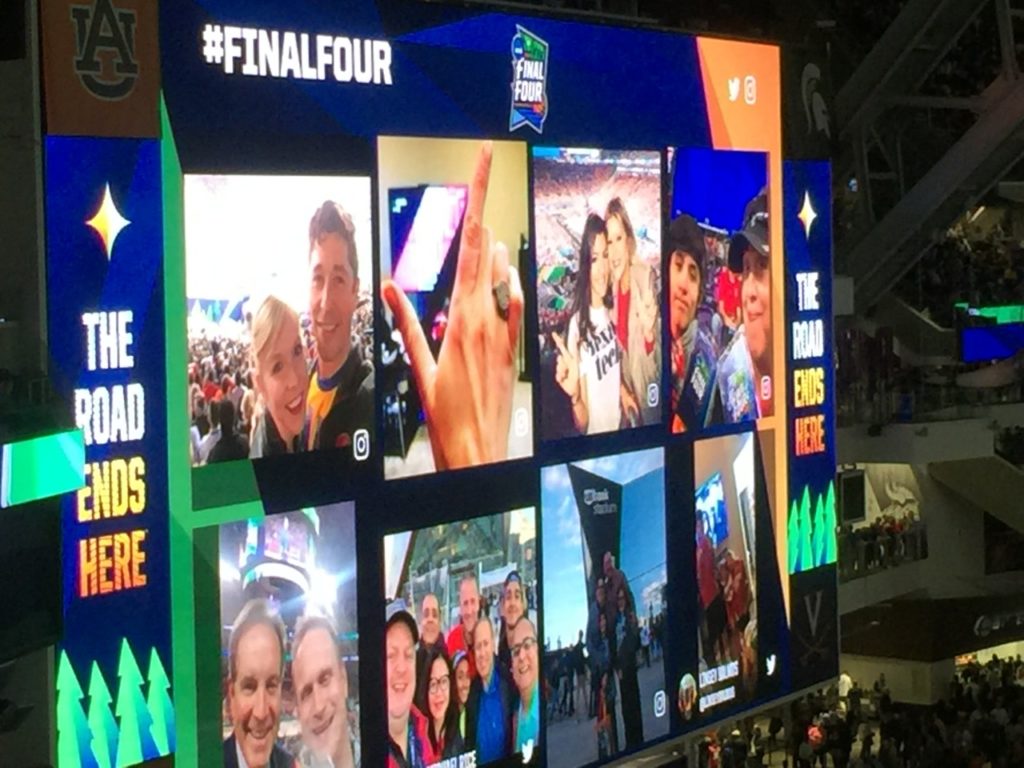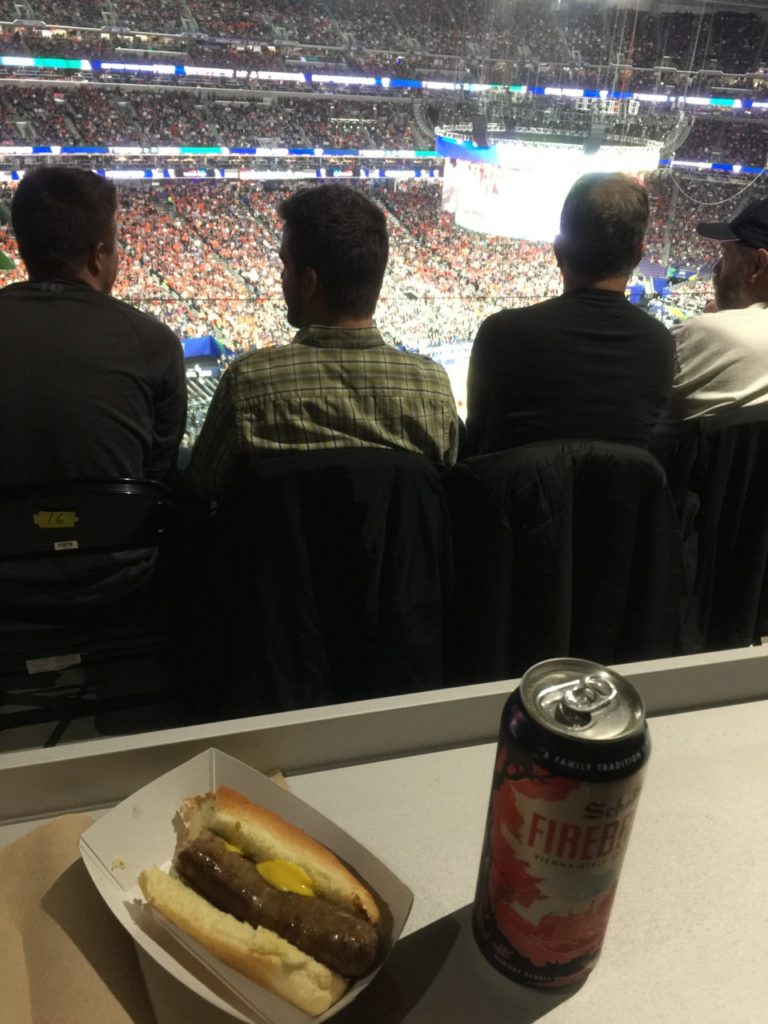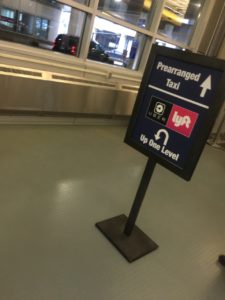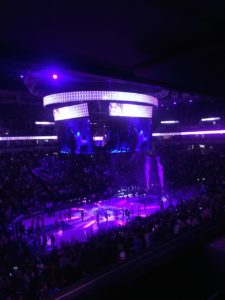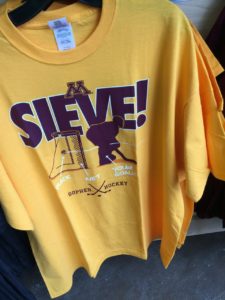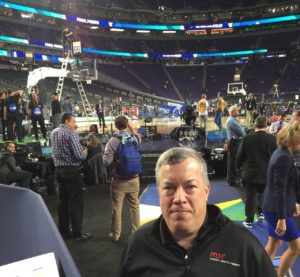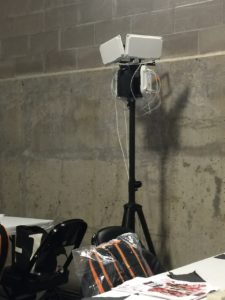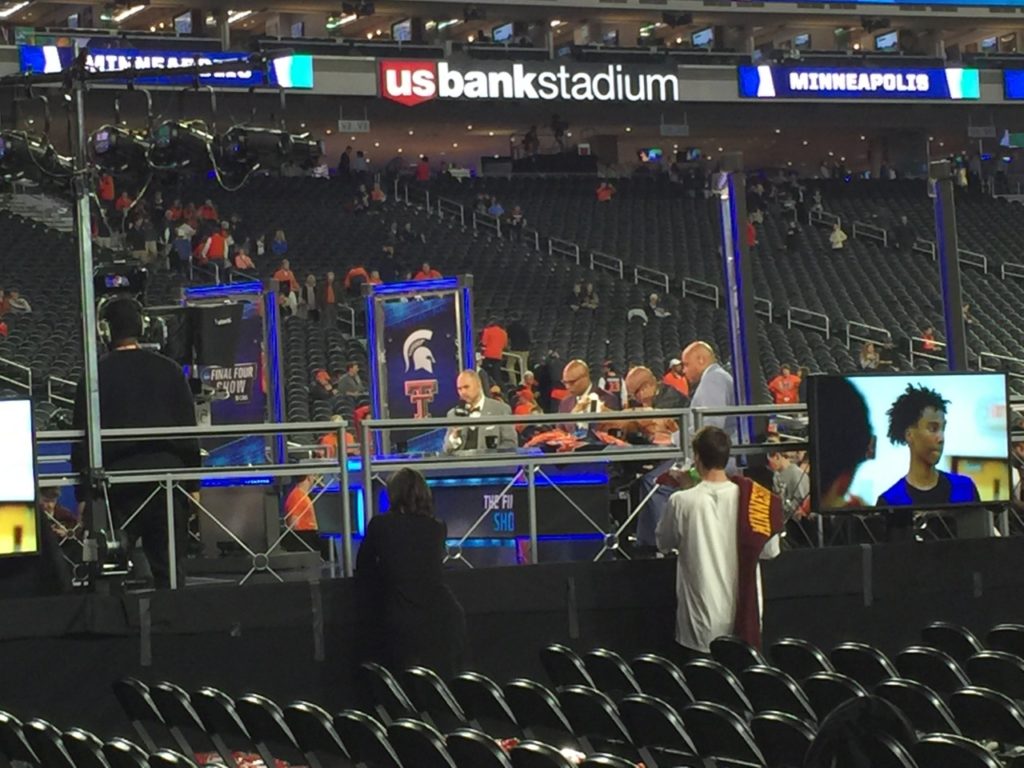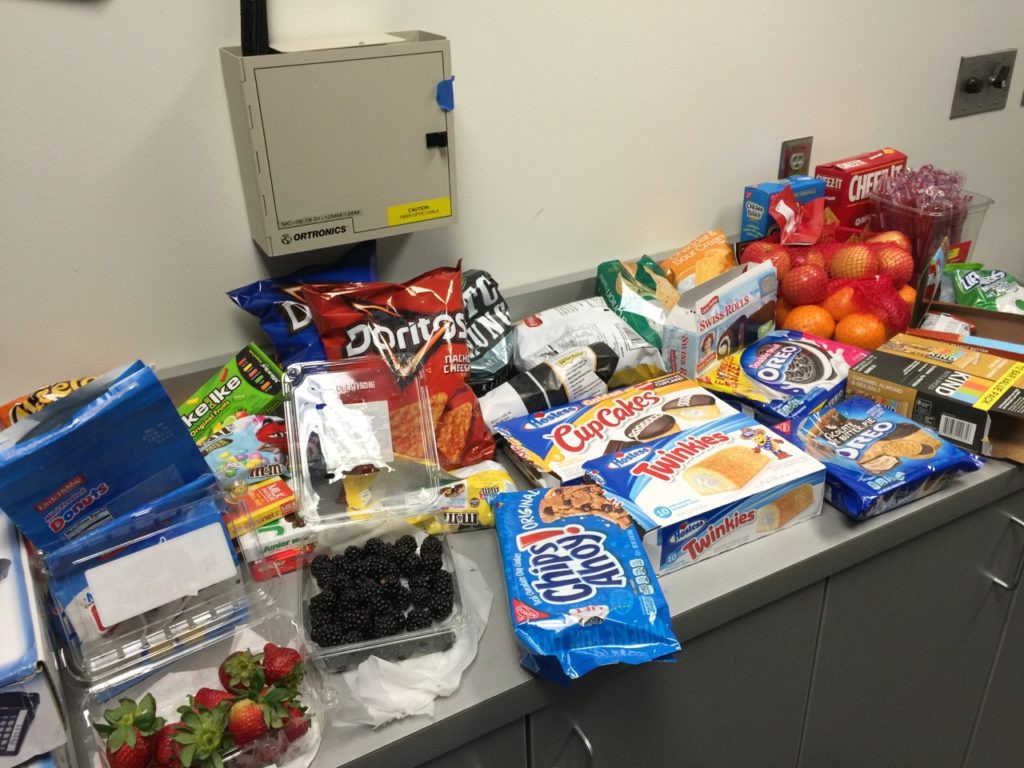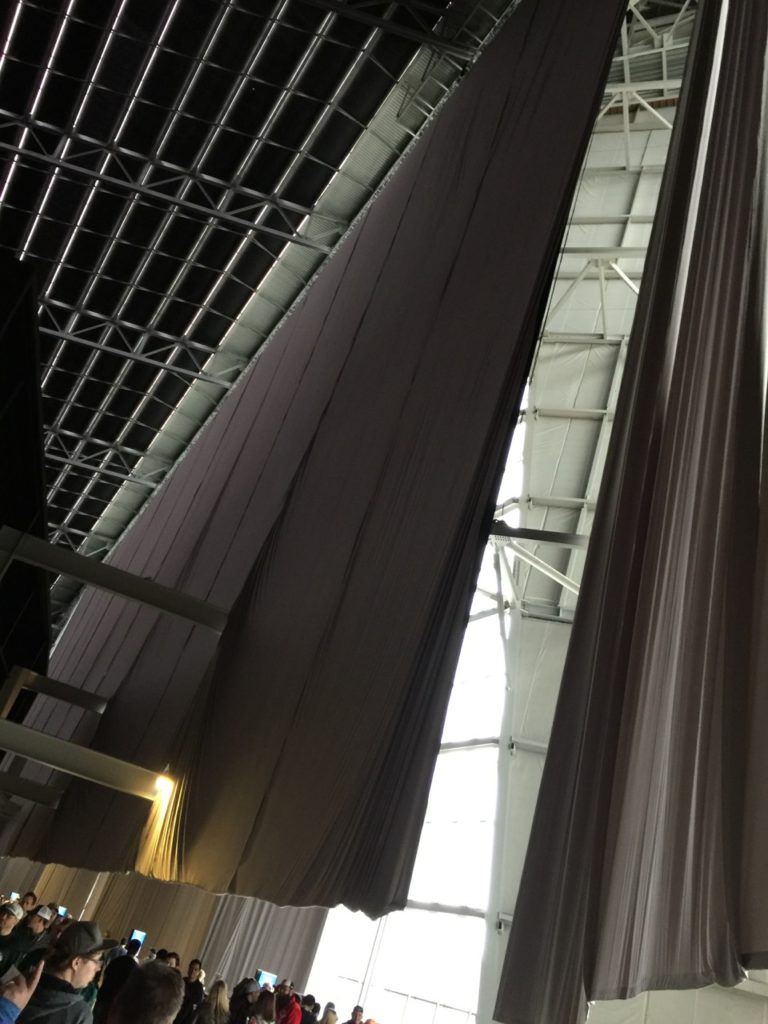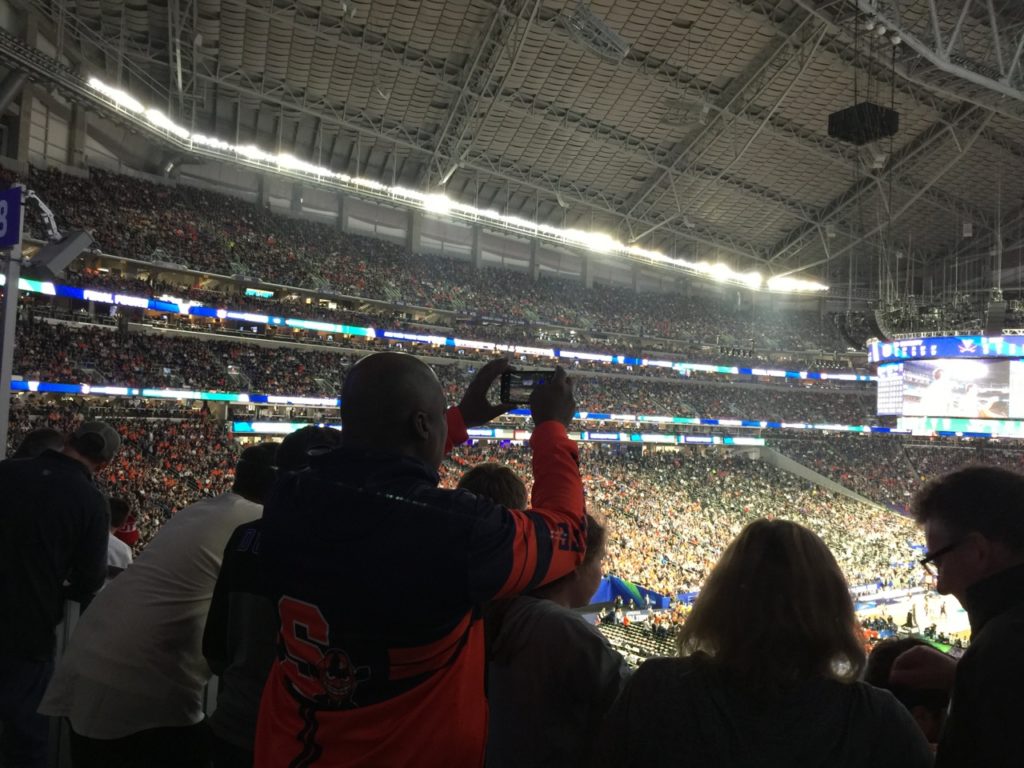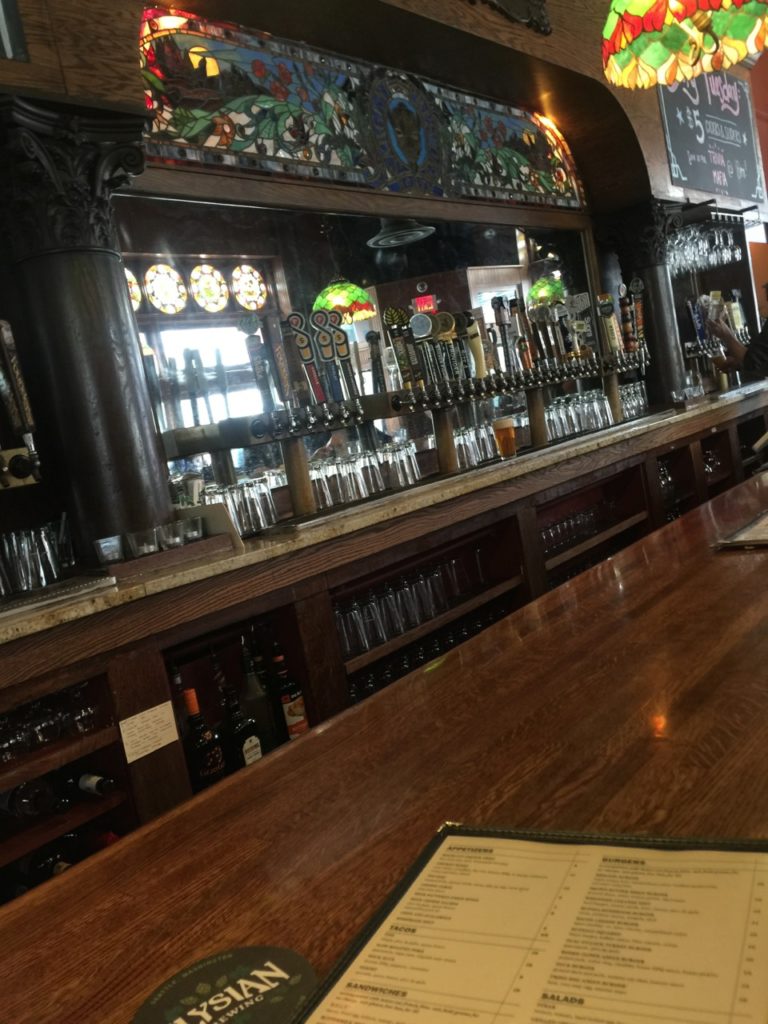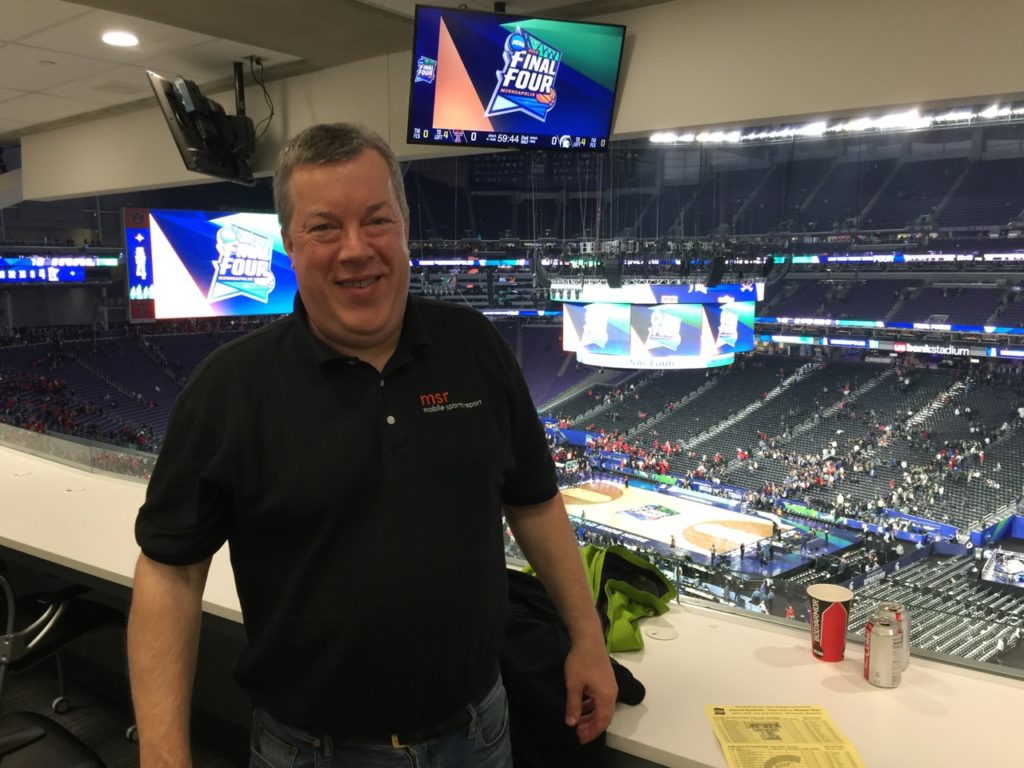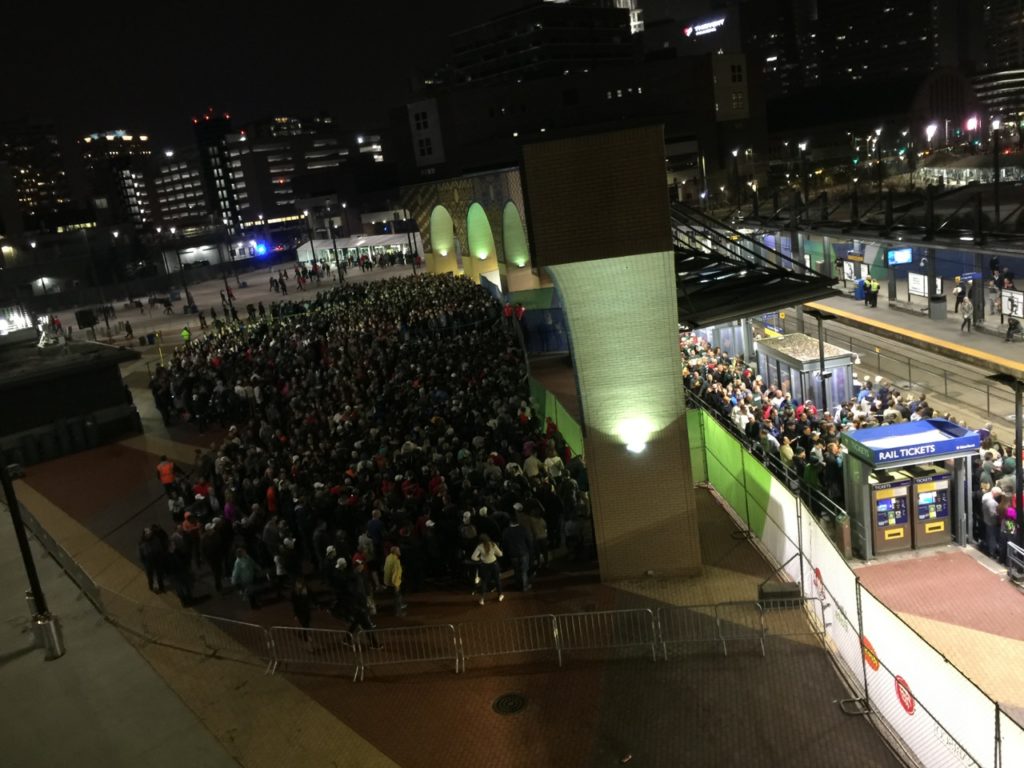STADIUM TECH REPORT is pleased to welcome you to the latest issue of our VENUE DISPLAY REPORT series, with an in-depth report on perhaps the most innovative main stadium video board ever, the new Samsung dual-sided, 4K oval videoboard at SoFi Stadium in Los Angeles.
These long-form reports are designed to give stadium and large public venue owners and operators, and digital sports business executives a way to dig deep into the topic of digital display technology, via exclusive research and profiles of successful stadium and large public venue display technology deployments, as well as news and analysis of topics important to this growing market.
As venues seek to improve fan engagement and increase sponsor activation, display technology offers powerful new ways to improve the in-stadium fan experience while also increasing the bottom line for stadium business operations. Read on as we examine not just new display technology and successful deployments, but also study how display technologies can support successful marketing and advertising campaigns!
A special thanks is due here to sponsor Samsung, whose support allows us to make this content free to readers. We’d also like to extend a special thanks to the Samsung staff and the folks at SoFi Stadium for all their help in arranging remote interviews and to provide pictures and video so you can get at least a virtual sense of the amazing new technology that awaits visitors to SoFi Stadium. Looking forward to future visits!
